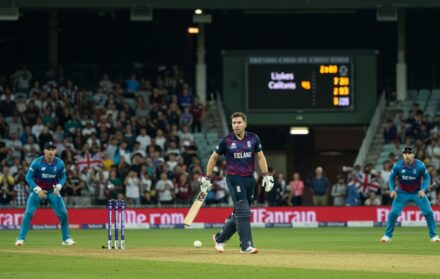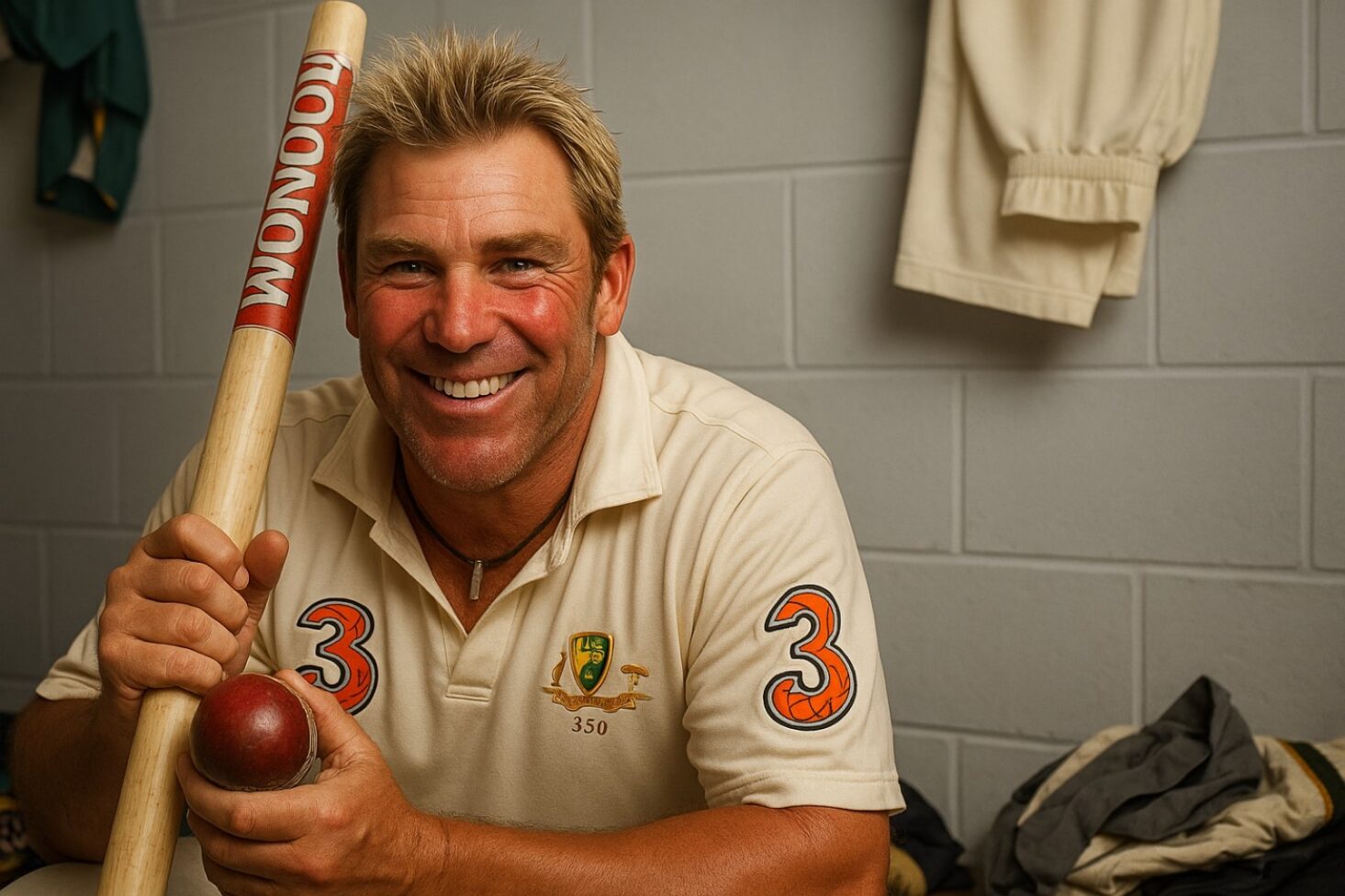
From Debut to Stardom: The Story of Shane Warne
Few figures in cricket history command the same awe, controversy, and reverence as Shane Warne. A showman, genius, and disruptor in equal measure, Warne didn’t just spin the ball—he spun a narrative that made Test cricket thrilling again. From his raw, nervy debut in 1992 to becoming the face of leg-spin revival, his journey wasn’t just about wickets. It was about charisma, reinvention, and unmatched skill.
This article charts the incredible path from debut to stardom, tracing how a larrikin from Victoria became a cricketing icon. Along the way, we’ll revisit the moments that shaped him: the deliveries, the rivalries, the scandals, and the genius. Warne’s story is not a straight line—it’s a chaotic, entertaining, and unforgettable ride.
Let’s start where it all began: a young man with blonde hair, an unconventional physique, and a golden wrist.
1. The Debut: Raw Talent Meets Harsh Reality (1992)
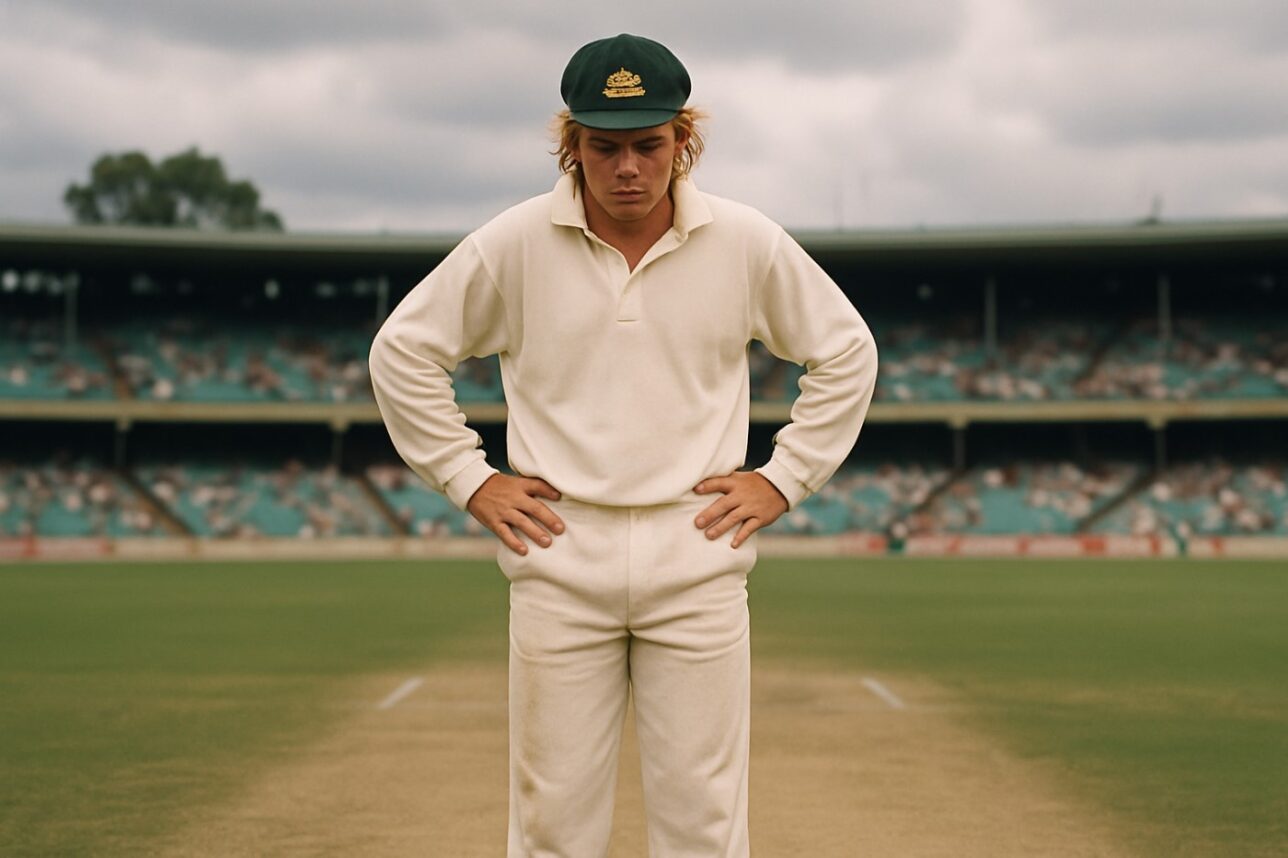
Shane Warne made his Test debut for Australia against India at the SCG in January 1992. At first glance, he didn’t look like a traditional athlete—chunky build, spiky bleached hair, and a laid-back swagger. But those who had seen him in domestic cricket knew his right wrist carried something special.
However, that debut was anything but smooth. Warne bowled 45 overs and returned unremarkable figures: 1 for 150. Critics pounced. Some dismissed him as a novelty act in an era dominated by fast bowlers. But selectors saw more. His potential, they believed, lay not in his first match, but in what came next.
That belief was vindicated within months. Warne refined his control, developed his flipper, and began to read batters better. He was raw, but clearly gifted. Those early matches, with their lessons and struggles, laid the foundation for the bowler who would soon rewrite cricketing history.
This was the calm before the storm. Warne’s debut may not have set the world alight—but it planted the seed of a revolution.
2. The Ball of the Century: Arrival on the Global Stage (1993)
By June 1993, Warne had earned a place in the Ashes squad touring England. The setting was Old Trafford, Manchester. Facing England’s seasoned batter Mike Gatting, Warne delivered what is now immortalised as the “Ball of the Century.”
It was his first ball in Ashes cricket. Pitched outside leg stump, it spun wickedly past Gatting’s bat and clipped the top of off stump. The crowd gasped. Gatting looked stunned. Commentators were speechless. Cricket had its moment—and a star had been born.
That delivery wasn’t just a spectacular dismissal; it was symbolic. It announced that leg-spin, long considered outdated in the age of speed and swing, was not only viable—it was lethal.
From that point on, Warne became a central figure in world cricket. His confidence soared. He backed his skill with theatre, sledging, and unshakeable self-belief. Over the next few months, he would dominate that Ashes series with 34 wickets, becoming a household name in both hemispheres.
The Ball of the Century was a turning point—not just for Shane Warne, but for the art of spin bowling itself. It was the moment cricket found its next great character.
3. Ashes Heroics and the Birth of a Rivalry
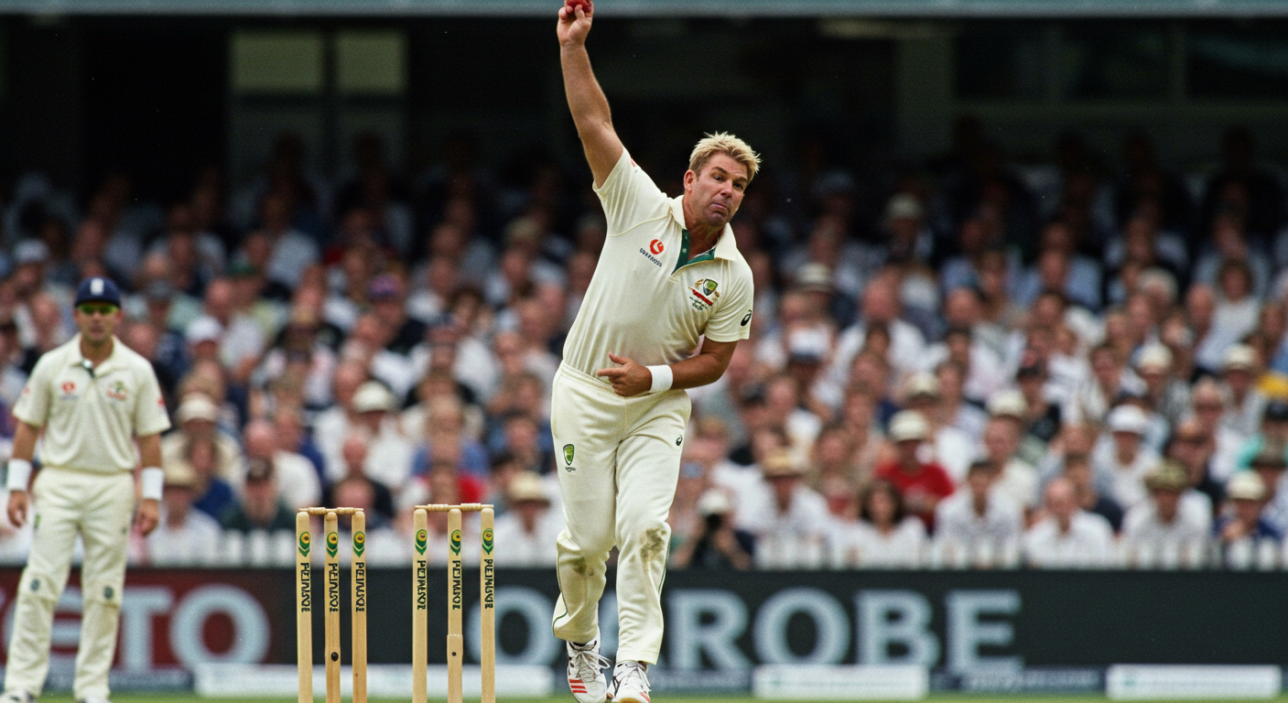
After the Ball of the Century, Shane Warne became the Ashes’ main event. Between 1993 and 1997, he tormented England with guile, drift, and turn they simply couldn’t decode. Every series was a stage, and Warne played his role as the charismatic villain to perfection.
His 1994–95 Ashes performance at home was particularly dominant. Warne took 27 wickets, including a hat-trick at the MCG—only the sixth in Ashes history. The hat-trick ball, trapping Devon Malcolm, was textbook Warne: deceptive, drifting in, spinning sharply, and leaving the batter clueless.
His battles weren’t just physical but psychological. Batters admitted they’d lost to Warne in their heads before even walking out. He created doubt, drama, and spectacle. More than that, he revived the mystique of leg-spin, a craft that had largely been relegated to novelty status in the fast-bowling-dominated 80s.
What made Warne different was his entire presence. He made eye contact. He sledged. He celebrated like a rockstar. His duel with England was personal and public—and the crowd, whether English or Australian, couldn’t look away.
By the late 90s, he wasn’t just a spinner. He was the face of Australian dominance. The Ashes weren’t England versus Australia anymore. They were England versus Shane Warne.
4. The Mid-90s: Stardom, Scandal, and Surgical Setbacks
As Warne’s fame soared, so too did the scrutiny. He was now cricket’s poster boy and pantomime villain, adored by Aussie fans and jeered by many others. But fame came with its pitfalls.
In 1995, Warne and Mark Waugh were embroiled in controversy after it was revealed they had provided pitch and weather information to an Indian bookmaker in exchange for money. Though the incident didn’t involve match-fixing, it cast a shadow over his reputation. The Australian Cricket Board fined them secretly—a decision that later drew criticism when the matter was made public in 1998.
On the field, Warne’s magic never waned. But by 1998, years of bowling on spinning pitches and constant touring began to take a toll. He suffered shoulder issues and had finger surgery, missing key matches. Despite this, he still performed in Sri Lanka and India—two graveyards for many visiting spinners.
His duel with Sachin Tendulkar during Australia’s 1998 tour of India was box-office. Though Tendulkar largely came out on top, the rivalry elevated both players.
This phase of Warne’s career was complex—equal parts brilliance and baggage. He remained the game’s most compelling figure, and while scandals emerged, nothing seemed to stop his grip on public imagination. The legend was growing—even as cracks began to show.
5. The Comeback and the 700-Wicket Milestone
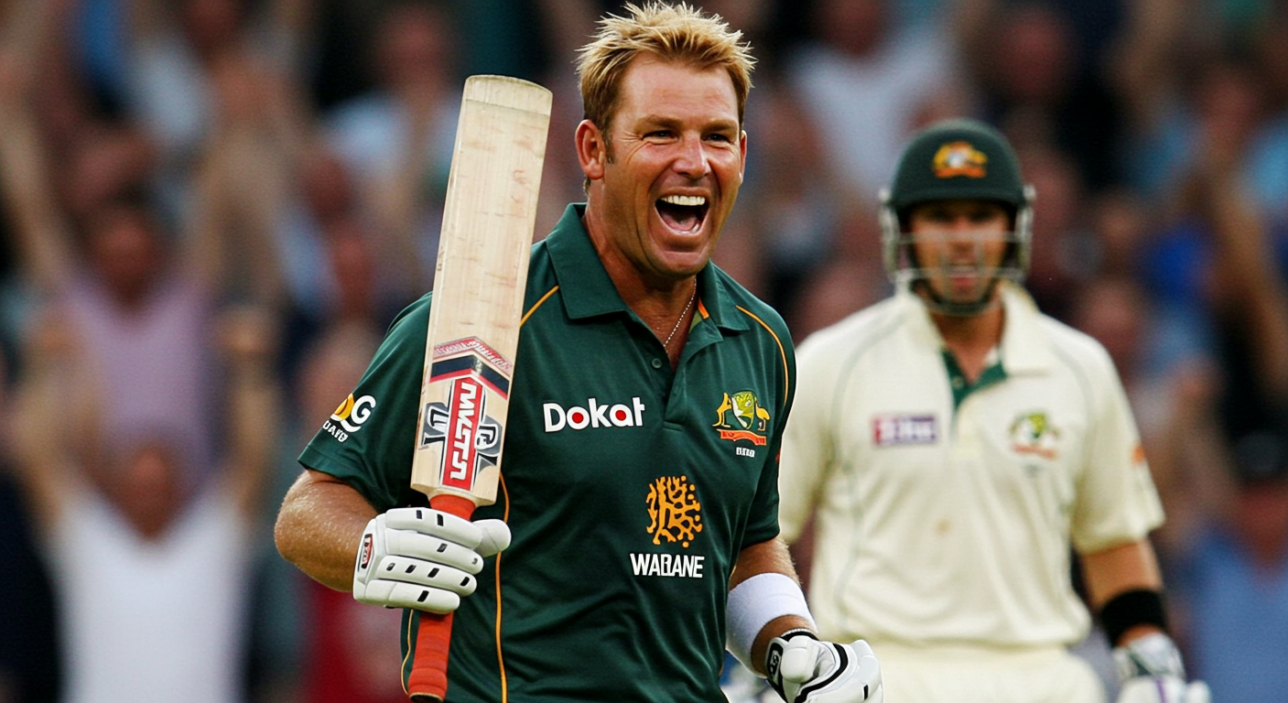
By the early 2000s, Shane Warne was navigating the later phase of his career—but he wasn’t slowing down. In fact, his return from injury, scandal, and a one-year ban for a failed drug test in 2003 only seemed to sharpen his focus.
After missing the 2003 World Cup due to the banned diuretic incident—which Warne claimed was taken for weight loss on his mother’s advice—many believed his career had peaked. But when he returned to Test cricket in 2004, he was more determined than ever.
He enjoyed a golden resurgence in 2005, during one of the most iconic Ashes series in history. England won the series 2–1, but Warne was undeniably the standout performer. He claimed 40 wickets, scored crucial lower-order runs, and fielded brilliantly—proving once again that he thrived under pressure.
Two years later, at the Melbourne Cricket Ground, Warne etched his name into cricketing folklore. On Boxing Day, in front of over 89,000 fans, he bowled Andrew Strauss and became the first player in history to reach 700 Test wickets. The roar of the MCG crowd was deafening, a perfect tribute to a legend playing his final series.
This was Warne at his most theatrical—returning from setbacks, silencing critics, and scripting history with a perfect sense of timing.
6. World Cup Triumph and Limited-Overs Brilliance
While Warne is best remembered for his Test exploits, his impact in One Day Internationals (ODIs) was equally significant—especially during Australia’s victorious 1999 World Cup campaign.
Coming off a period of poor form and media backlash, Warne entered the tournament with something to prove. And in the semi-final against South Africa, he produced one of the most memorable performances in World Cup history. Defending a modest total, Warne spun a web around the Proteas, taking 4 for 29, including the key wickets of Gibbs and Kirsten.
His spell not only turned the match but laid the foundation for Australia’s advance to the final. In the final against Pakistan, he delivered again—claiming 4 for 33 in a dominant win. His combined figures in those two matches cemented him as the Player of the Match in both games and earned him legendary status in white-ball cricket.
Though Warne never played in another World Cup final, his 1999 heroics are still replayed in every World Cup build-up montage. He brought the same swagger and skill to ODIs as he did to Tests—but tailored it for the pressure and pacing of limited-overs cricket.
In a format where spinners were often used defensively, Warne attacked. And once again, he changed how the world thought about leg-spin.
7. Retirement and the Final Ashes Farewell
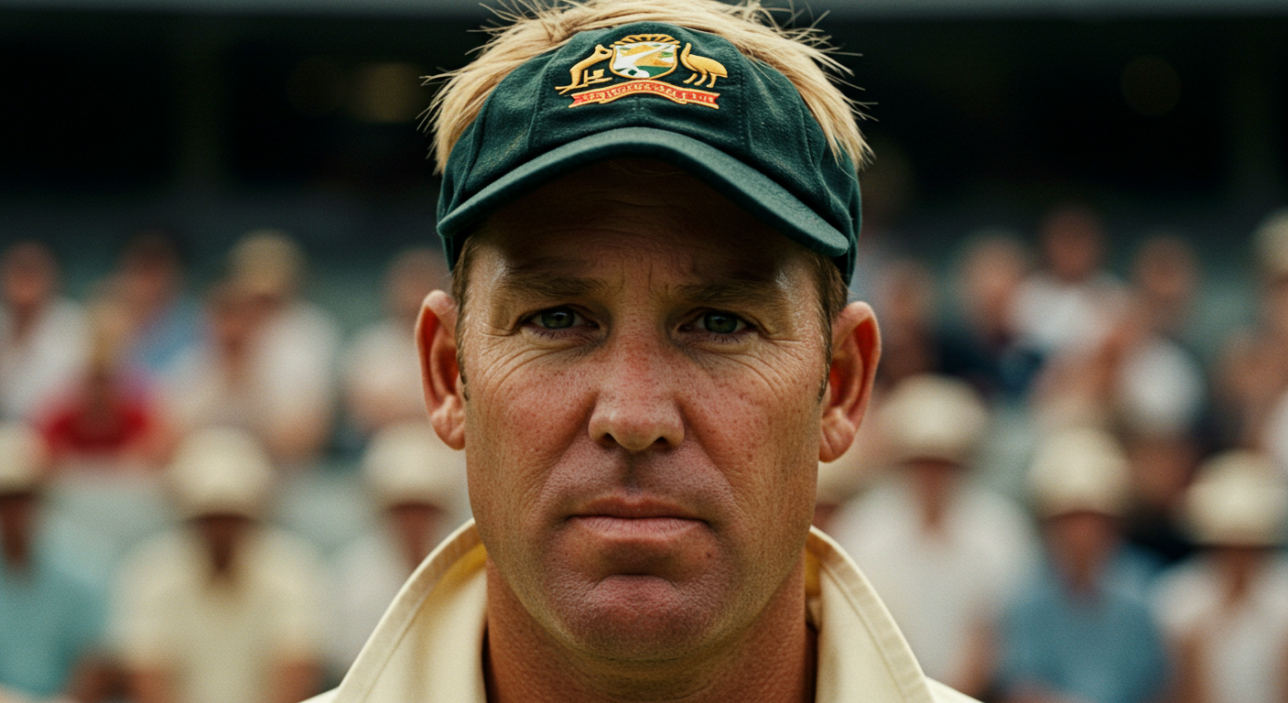
Shane Warne announced his retirement from international cricket during the 2006–07 Ashes series, a move that turned each of his final matches into a farewell tour. Australia dominated the series 5–0, reclaiming the Ashes in emphatic fashion—but the real story was the curtain call for one of the game’s greats.
At the Melbourne Cricket Ground, in front of a home crowd on Boxing Day, Warne reached his historic 700th Test wicket, bowling Andrew Strauss with a classic leg-break that brought the MCG to its feet. It was a moment drenched in symbolism—Warne, at home, hitting a milestone that no one else had touched.
His final Test came at the SCG, where it had all begun 15 years earlier. He left the field to a standing ovation, having claimed 708 Test wickets, the most by any leg-spinner in history.
But retirement didn’t mean obscurity. Warne went on to become a successful pundit, headline IPL’s inaugural season as Rajasthan Royals’ captain-coach, and continued to be a magnetic figure in world cricket.
Even off the pitch, he never disappeared. His legacy grew louder with time, his voice ever-present, and his impact—both sporting and cultural—never dimmed.
8. Legacy: More Than Just Wickets
Shane Warne’s legacy isn’t just numbers—though the 708 Test wickets, 293 ODI scalps, and dozens of match-winning spells are extraordinary in their own right. His legacy is about what he did to the game itself.
He brought leg-spin back from the brink. In an era dominated by fast bowlers, Warne made spin sexy. He added drama, flair, and theatre to every ball. With his exaggerated rip, theatrical appeals, and swagger, he turned the subtle art of spin into box office cricket.
Warne also inspired a generation. From schoolyard bowlers mimicking his action to young pros who took up spin because of him, his influence stretched far beyond Australia. Players like Imran Tahir, Rashid Khan, and Kuldeep Yadav have credited him as a major influence.
He wasn’t without flaws—on and off the pitch. Scandals, suspensions, and headlines often followed him. But that unpredictability was also part of his legend. Warne was cricket’s flawed genius, equal parts artist and entertainer.
Even after his untimely death in 2022, the tributes that poured in—from teammates, rivals, and fans—were a reminder that Warne didn’t just play cricket. He changed it.
Conclusion: From Talent to Titan – Why Shane Warne’s Story Still Resonates

From debut to stardom, Shane Warne’s journey was never simple—but that’s what made it unforgettable. He arrived with raw promise, struggled early, then exploded into superstardom with one magical delivery. From there, he dominated the world stage with skill, confidence, and a flair unmatched in the sport.
His story is about much more than cricketing greatness. It’s about personality, redemption, resilience, and the power of reinvention. At every step—whether bowling the Ball of the Century, battling injury, or reinventing himself in T20 leagues—Warne showed that true legends are those who can evolve without ever losing their essence.
He didn’t just take wickets. He built theatre around each one. He didn’t just play the game—he reshaped it, pulling fans in who didn’t care for spin, and showing future cricketers that charisma and excellence could go hand in hand.
Even now, highlights of his spells still circulate like currency among fans. Kids still imitate his action. Commentators still reference his name when describing greatness.
Shane Warne’s journey from uncertain debutant to cricketing demigod is the blueprint for how talent becomes legacy. And for cricket lovers everywhere, his story will always matter.



